Product development, application studies and marketing must be addressed
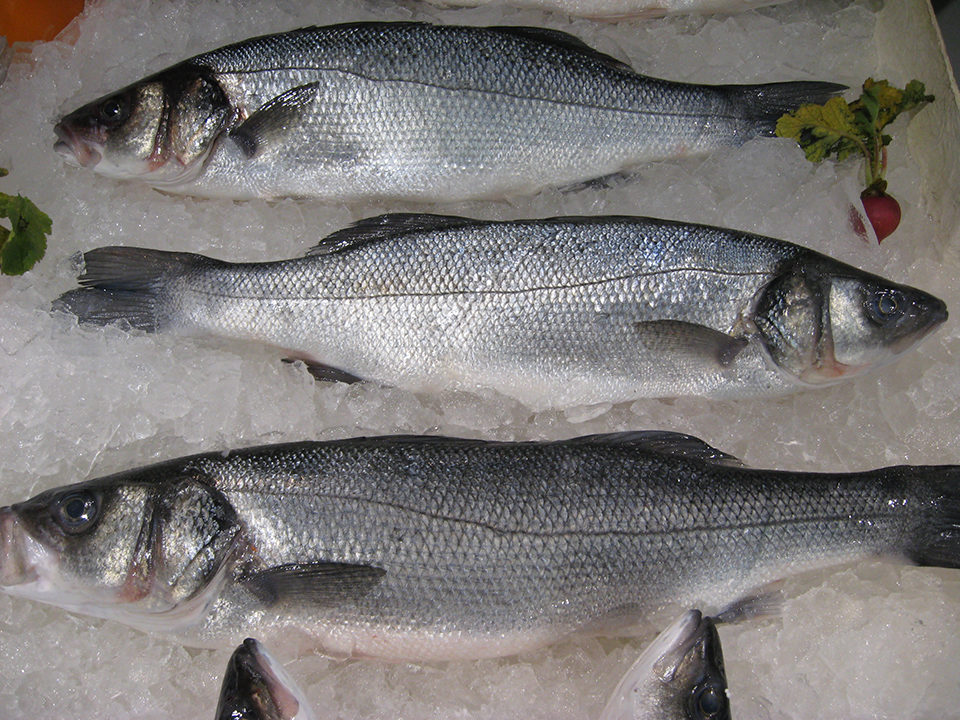
As highly perishable food, fish begin to deteriorate rapidly as soon as they die. Without proper product preservation, bacterial, enzymatic and chemical processes quickly reduce shelf life, cause drip loss and ultimately result in product rejection through spoilage. The deterioration process is accelerated by elevated temperatures, contamination or damage such as bruises, cuts and scrapes.
The ability of ice slurry to provide immediate chilling upon harvest to a temperature slightly above the freezing point and maintain this temperature throughout the cold chain makes it beneficial in seafood harvesting and handling.
Ice slurry
Ice slurry refers to a mixture of small ice crystals and liquid. The liquid can be either pure freshwater or a binary solution consisting of water and a freezing point depressant. Sodium chloride is a common freezing point depressant used in seafood processing.
Ice slurry has high energy storage density because of the latent heat of fusion of ice crystals. It also has a fast cooling rate due to the large heat transfer surface area numerous crystals create and constant low temperature level the slurry maintains during the cooling process.
Current status
Ice slurry as a technology to maximize the chilling of fish has received attention for about 25 years. The Department of Fisheries and Oceans of Nova Scotia, Canada, conducted a systematic study from 1984 to 1988 and published a series of reports on the workability, physical characteristics and cooling effects of ice slurry on fish.
Subsequently, fishery institutions around the world – including the Sea Fish Industry Authority of the United Kingdom, Norwegian Herring Oil and Meal Research Institute, Icelandic Fisheries Laboratories and recently, Institute for Marine Research of Spain – have conducted in-depth analyses and trials on ice slurry for various fish species. Ice slurry is now well recognized as an efficient cooling technology, as well as an excellent preservation medium. Its use has been incorporated into some of the latest published fish-handling guides and regulations.
For example, the latest series of seafood industry quality guides by the Irish Sea Fisheries Board included ice slurry in its outline for the best icing practices for whitefish, saying:
- Slush icing is important for certain species, e.g., tuna, targeting premium markets.
- Slush ice ensures fast and even chilling of the fish, as it gives better contact with the surface of the fish compared to traditional icing.
- Slush ice also minimizes bruising or pressure damage, as it is a liquid medium.
Today, over 700 ice slurry systems are installed to serve global fisheries, making the fish industry the largest market for ice slurry technology in the world. Iceland, Norway, the Netherlands, Spain and Japan have the most installations. Ice slurry is increasingly used for chilling, storage and transportation of fish onboard fishing vessels and barges, at farms and inside processing plants. Successful cooling and preservation with ice slurry have been reported for such major fish as tuna, yellowtail, salmon, cod, shrimp, mussels and lobsters.
Seafood quality, yield
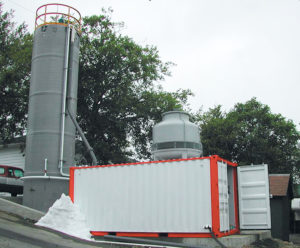
Some of the most challenging demands facing the fish industry are to improve the quality and yield of fish products. Recent publications with the support of microbiological, biochemical and sensorial analyses suggest that ice slurry is a technology that holds promise to achieve those goals for a wide range of fish species.
For example, research by the Norwegian Institute of Fisheries and Aquaculture discovered that cod placed in ice slurry for three days (the maximum allowable time for such storage) became, on average, 4 percent heavier without any change in quality. In contrast, cod stored on ice alone did not gain any weight. Researchers at the Institute for Marine Research of Spain believe the presence of sodium chloride in the ice slurry at concentrations similar to those found in marine water exerts double effects: a higher preservation effect and stabilization of the myofibrillar protein fraction, implying larger yields during storage, filleting or freezing.
While the spoilage rate of fish is considerably slowed in ice slurry, some fish species like seabass are reported to exhibit cloudy eyes in the brine-based ice slurry, negatively affecting the appearance and quality of the fish. This is probably due to the precipitation of an eye component at the subzero temperature levels at which most current ice slurry systems are operated.
Ice slurry produced from seawater can also create problems of salt uptake during extended storage of some species like pelagic fish. The challenges are to identify the optimal cooling and storage conditions for each fish product, and then design a system that can accurately control the temperature and salinity of ice slurry at levels suitable for each application.
Variable-state ice slurry systems offer attractive features to address the above issues. The heterogeneous ice storage design allows separation of ice crystals from the brine inside the ice storage silo. Ice crystals accumulated at the top of the tank can then be discharged upon request, mixed with a controlled amount of water and/or brine to form pumpable ice slurry with any required ice concentration and salinity.
Equipment mobility
Equipment mobility is especially important for remote areas with little or no infrastructure, and where processing of large volumes of fish takes place seasonally. There is therefore an increasing demand for mobile ice slurry systems that can be delivered as completely self-contained units, in some cases even including diesel power generators.
Containerized ice slurry systems have been designed for both land- and water-based fish-processing operations. The ice slurry generator and refrigeration system, pumping and control station, and sometimes the ice-mixing/storage tank are installed in a standard 6.1-m ocean-going ISO container and factory tested before shipment.
Besides mobility, the systems allow easy connections to municipal electric power and water supplies, which removes the requirement for a dedicated machine room and greatly reduces installation time and costs. While small systems with up to 100 kW ice slurry production capacity are often accommodated within one container, larger systems can be built up in larger or multiple containers.
System automation
One of the most attractive features of ice slurry is its pumpability. This eliminates the need for costly mechanical or labor-intensive manual ice transportation, and substantially reduces operating and service costs, as the distribution system is fully automatic. The demands for higher operation efficiencies and better cold chain management have created pressures for more innovations in automation.
A recent development in automation is the addition of computer-based monitoring and control. The system uses a programmable logic controller to run the ice slurry system. All operating parameters can be monitored and recorded from a dedicated touch-panel or desktop computer. The system can also be remotely accessed by modem or ethernet, making it easy to track the status of an operation, change settings or update the controls online.
Future focus
The future of ice slurry technology depends on how the following issues are addressed:
- Product development. Ice slurry generators should remain the focus of any new development. Machines with less maintenance, higher performance and lower costs will be needed to compete with traditional cooling technologies.
- Application studies. Only limited studies have reported on ice slurry cooling and preservation for some fish species and broccoli. More investigations are needed to cover a wider range of applications, such as cooling and preserving tuna or cooling precooked soups and sausages.
- Marketing. While ice slurry has good market awareness in industries like seafood and building air-conditioning, it is not well known for process cooling of various food products. Continuous efforts should be made to promote the benefits of the technology through different channels.
(Editor’s Note: This article was originally published in the September/October 2010 print edition of the Global Aquaculture Advocate.)
Now that you've reached the end of the article ...
… please consider supporting GSA’s mission to advance responsible seafood practices through education, advocacy and third-party assurances. The Advocate aims to document the evolution of responsible seafood practices and share the expansive knowledge of our vast network of contributors.
By becoming a Global Seafood Alliance member, you’re ensuring that all of the pre-competitive work we do through member benefits, resources and events can continue. Individual membership costs just $50 a year.
Not a GSA member? Join us.
Author
-
Ming-Jian Wang, Ph.D.
Sunwell Technologies Inc.
180 Caster Avenue
Woodbridge, Ontario Canada L4L 5Y7
Tagged With
Related Posts
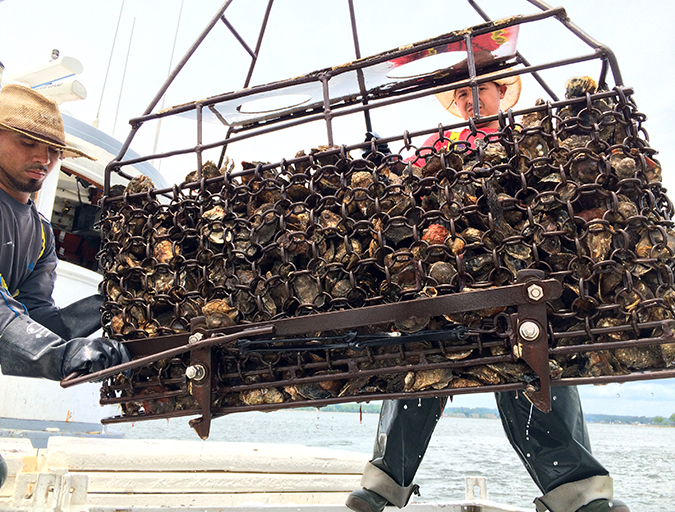
Intelligence
As ocean temperatures rise, so too will vibrio outbreaks
A study using a half-century of data has linked climate change and warming sea temperatures with an increase in illnesses from the common vibrio bacteria. Shellfish growers, fighting a particularly virulent strain of Vibrio parahaemolyticus, are changing their harvest protocols.
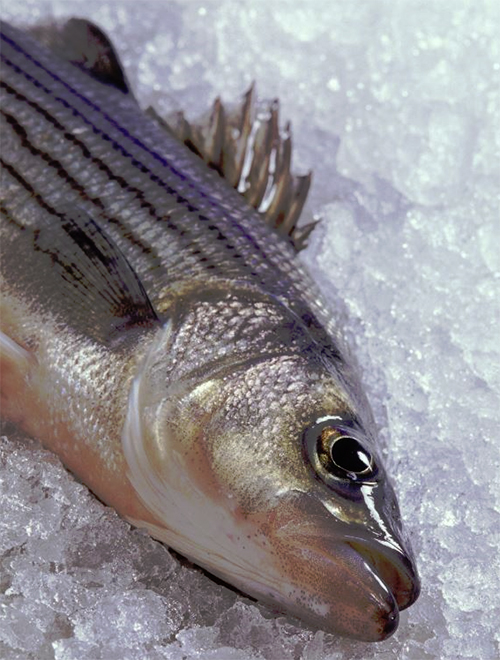
Intelligence
Comparing nutritional values of wild and farmed whitefish
A study assessed the nutritional value of farmed vs. wild white-fleshed fishes using hybrid striped bass, largemouth bass and bluegill. Results showed that farmed, white-fleshed fish are as nutritionally valuable – and in some cases, more so – than wild fish.
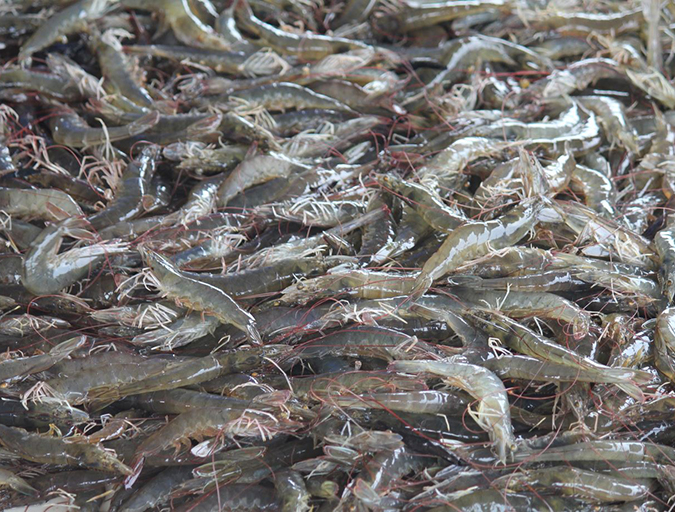
Intelligence
Critical decisions for shrimp harvesting and packing, Part 2
The decision to harvest involves consideration of various factors, including market prices, customers’ need, biomass and condition of the animals and others. Several steps are involved, most aimed at maintaining maximum quality of the animals as they are harvested, sacrificed, treated and transported to the plant and processed and packed.
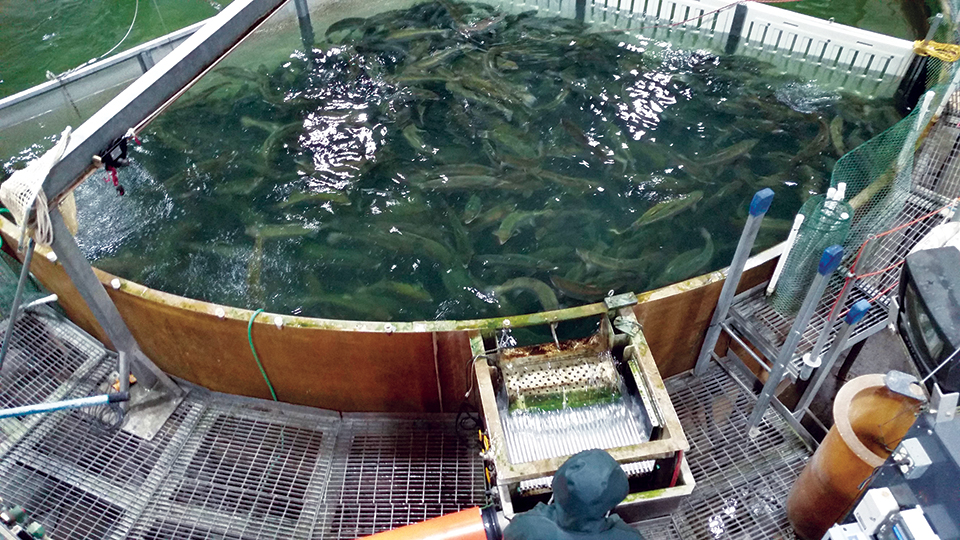
Responsibility
Emerging trends in salmonid RAS, part 2
Dozens of land-based, closed-containment salmonid RAS systems are coming on line. New projects are bringing new principles into the salmon industry. Industry expansion hinges upon the development of pollution-mitigating technologies to reduce nutrients in effluents.



